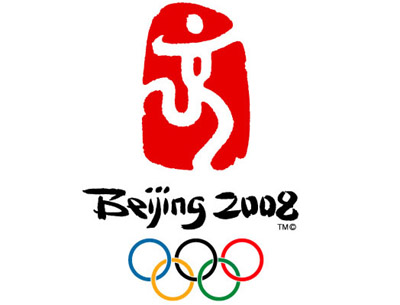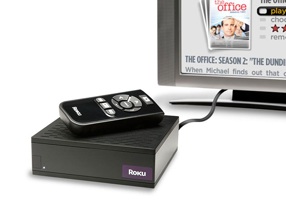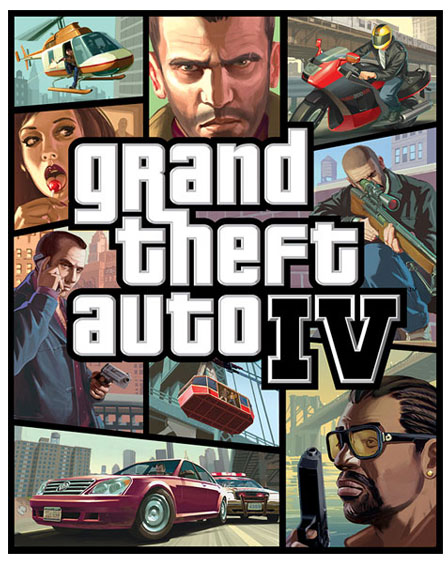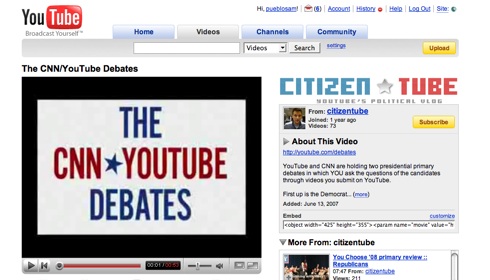 There’s a new film out by Michael Moore (Roger & Me, Bowling for Columbine, Fahrenheit 9/11, Sicko) but you won’t find it in theaters. In an attempt to allow as many people as possible access to the film, Moore is making the film available as a computer download at slackeruprising.com
There’s a new film out by Michael Moore (Roger & Me, Bowling for Columbine, Fahrenheit 9/11, Sicko) but you won’t find it in theaters. In an attempt to allow as many people as possible access to the film, Moore is making the film available as a computer download at slackeruprising.com
The documentary chronicles Moore’s sixty-city tour in 2004 to get out the youth vote for John Kerry. In large stadium rallies, Moore challenges those in attendance to go to the polls. To help sweeten the deal, Moore is seen handing out Raman noodles and clean underwear to those who take his pledge to vote. Of course the outcome of the 2004 race turns this film into a review of what went wrong for Moore and his campaign. One suspects that the release of Slacker Uprising now is another attempt to motivate the college crowd to get out the vote….this time for Obama.
The documentary also chronicles Moore’s celebrity pals who show up to lend support. Eddie Vedder, Joan Baez, Viggo Mortensen, and Rosanne Barr are just some of the celebs who adoringly introduce Moore to the auditorium crowds. Film critics have been accusing Moore of being self-indulgent since Roger & Me premiered nearly 20 years ago…and this film will fan those flames again.
If you want to see a totally different perspective on Moore you can check out David Zucker’s comedy spoof called An American Carol, out in theaters now. This parody pokes fun at a character clearly modeled after Moore who is trying to abolish the Fourth of July holiday. While conservatives rail against Moore’s “liberal bias”, liberal critics accuse An American Carol of being “right-wing propaganda”.
What do you think?
Slacker Uprising trailer at blip.tv
An American Carol trailer at YouTube



 Viewing motion pictures in the comfort of your own home on your
Viewing motion pictures in the comfort of your own home on your 


 Looking back at the 2008 Presidential Race historians and media critics are likely to note some dramatic shifts. One is the increased interest and participation on the part of young voters. The second, and clearly related, phenomenon is the use of new media technology by the candidates, their supporters, and their detractors. One example of consumer-generated new media in a supporting role is the
Looking back at the 2008 Presidential Race historians and media critics are likely to note some dramatic shifts. One is the increased interest and participation on the part of young voters. The second, and clearly related, phenomenon is the use of new media technology by the candidates, their supporters, and their detractors. One example of consumer-generated new media in a supporting role is the